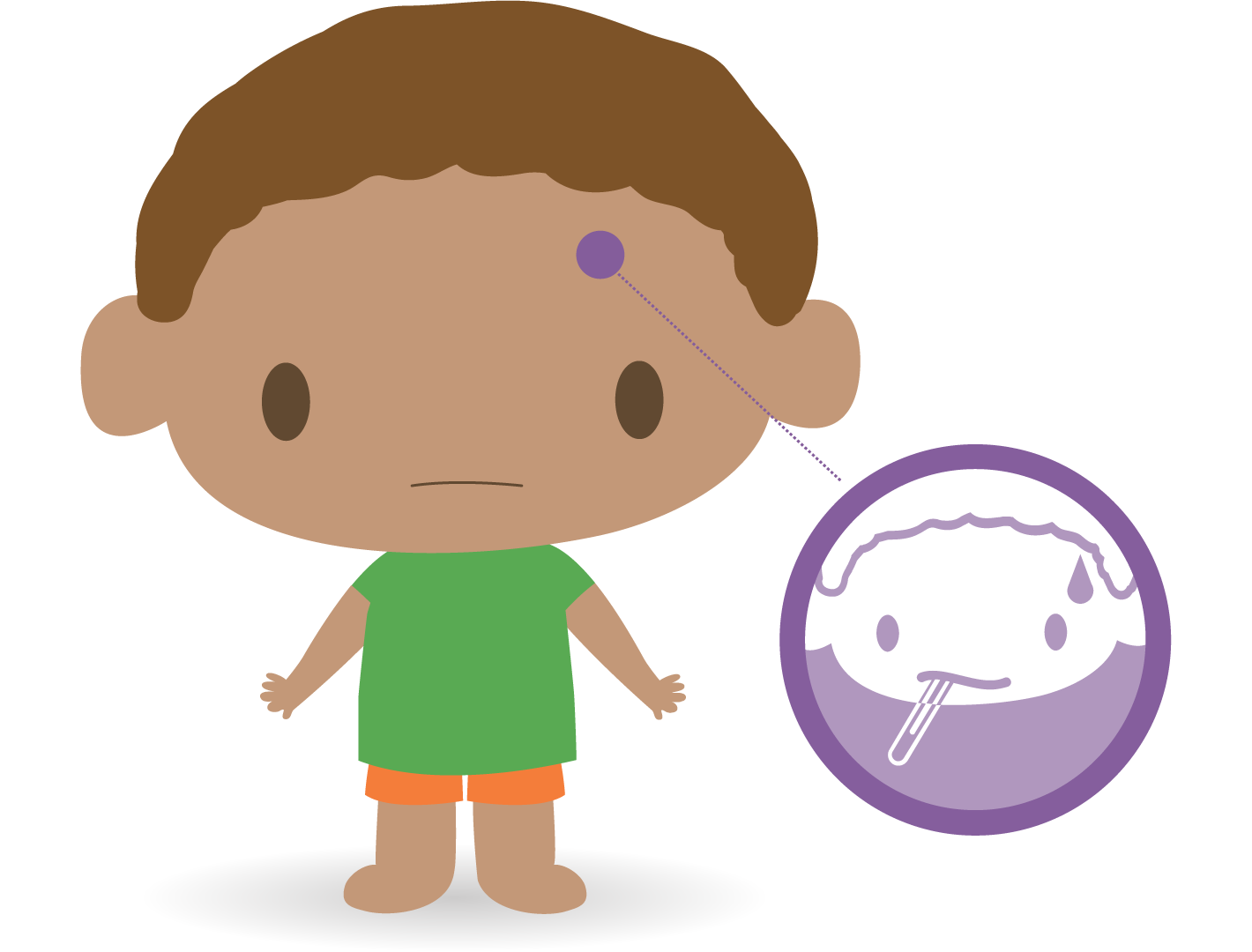
Print / Download Handout: English | French | Arabic | Punjabi
Converting Celsius to Fahrenheit
|
Celsius |
Fahrenheit |
|
36.0 |
96.8 |
|
37.0 |
98.6 |
|
37.5 |
99.5 |
|
38.0 |
100.4 |
|
39.0 |
102.2 |
|
40.0 |
104.0 |
|
41.0 |
105.8 |
Normal temperatures in children are*:
*According to the Canadian Pediatric Society
Children often feel warm to the touch when they have a fever. To confirm that your child has a fever, use a thermometer to measure your child’s body temperature. If your child’s temperature is higher than normal, he/she has a fever.
Fevers are a sign that your child’s body is fighting an infection and the best way to treat your child is to keep them hydrated and comfortable. Most children will get better on their own in 3 to 5 days.
1. Fluids
2. Acetaminophen and Ibuprofen
|
Acetaminophen |
Ibuprofen |
|
|
Infants |
Drops 80mg/1mL |
Drops 40mg/mL |
|
Children |
Liquid 160mg/5mL |
Liquid 100mg/5mL |
|
Junior |
Chewable 160mg/tablet |
Chewable tablets 100mg/tablet |
|
How Often? |
Can give every 4 hours, but no more than 5 doses in 24 hours |
Can give every 6 hours but no more than 4 doses in 24 hours |
|
Do Not Use If Your Child... |
Has known liver disease or decreased liver function |
Is less than 6 months old |
Beware
- products with aspirin (ASA) in them should not be given to children because of the risk of developing a serious illness called Reye’s syndrome
- cough, cold, and sinus products have other medications added. These products are usually not recommended or needed
3. Bathing
4. Clothing
Myth #1: Fevers Cause Brain Damage
Myth #2: Fevers are Bad for Children
Myth #3: Fevers Should Always Respond to Anti-Fever Medicines

 It can be scary when your child is sick. But in most cases, you don’t need to go to the emergency department. If you’re unsure, we’re here to help.
It can be scary when your child is sick. But in most cases, you don’t need to go to the emergency department. If you’re unsure, we’re here to help.
The content provided on these pages is not intended to replace medical advice. If you have concerns about the health of your child, contact your health care provider directly. If your child has an emergency, go to the nearest emergency department or call 911. Alberta Health Services and Project HEAL strive to ensure that all material is correct but will not be held liable for errors or incomplete information contained in these pages.